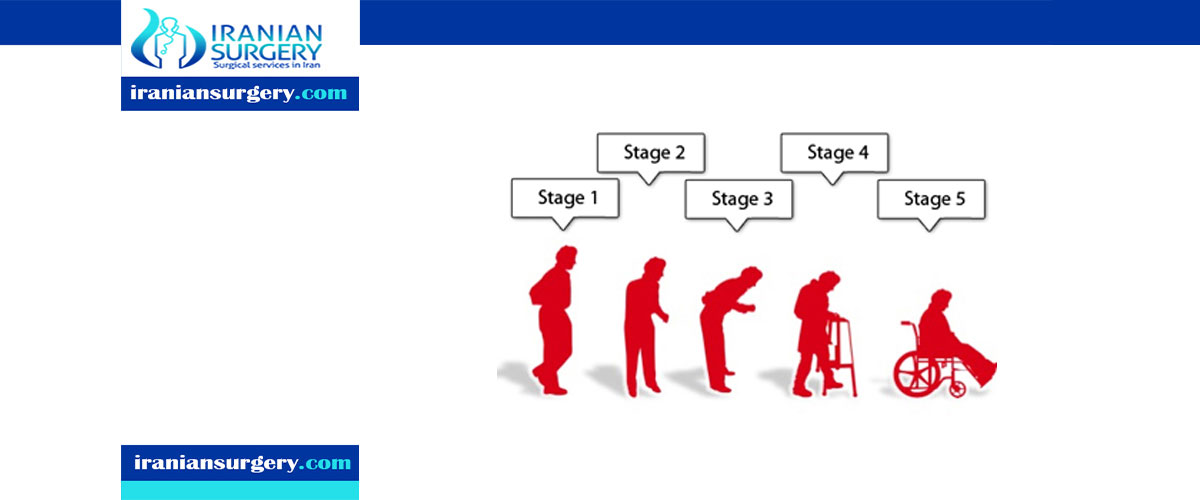what are the 5 stages of Parkinson disease?
Parkinson’s disease (Parkinsonism) is marked by the presence of certain recognizable symptoms. These include uncontrollable shaking or tremor, lack of coordination, and speaking difficulties. However, symptoms vary and may worsen as the disease progresses. There are typical patterns of progression in Parkinson’s disease that are defined in stages.
Stage 1
In stage one, the earliest stage, the symptoms of PD are mild and only seen on one side of the body (unilateral involvement), and there is usually minimal or no functional impairment. The symptoms of PD at stage one may be so mild that the person doesn’t seek medical attention or the physician is unable to make a diagnosis. Symptoms at stage one may include tremor, such as intermittent tremor of one hand, rigidity, or one hand or leg may feel more clumsy than another, or one side of the face may be affected, impacting the expression. This stage is very difficult to diagnose and a physician may wait to see if the symptoms get worse over time before making a formal diagnosis.
Stage 2
Stage 2 is considered a moderate form of Parkinson’s, and the symptoms are much more noticeable than those experienced in stage 1. Stiffness, tremors, and trembling may be more noticeable, and changes in facial expressions can occur.
While muscle stiffness prolongs task completion, stage 2 does not impair balance. Difficulties walking may develop or increase, and the person’s posture may start to change.
People at this stage feel symptoms on both sides of the body (though one side may only be minimally affected) and sometimes experience speech difficulties.
The majority of people with stage 2 Parkinson’s can still live alone, though they may find that some tasks take longer to complete. The progression from stage 1 to stage 2 can take months or even years. And there is no way to predict individual progression.
Stage 3
Stage 3 is the middle stage in Parkinson’s, and it marks a major turning point in the progression of the disease. Many of the symptoms are the same as those in stage 2. However, you’re now more likely to experience loss of balance and decreased reflexes. Your movements become slower overall. This is why falls become more common in stage 3.
.Stage 4
At this point, symptoms are severe and limiting. It’s possible to stand without assistance, but movement may require a walker. The person needs help with activities of daily living and is unable to live alone.
Stage 5
This is the most advanced and debilitating stage. Stiffness in the legs may make it impossible to stand or walk. The person requires a wheelchair or is bedridden. Around-the-clock nursing care is required for all activities. The person may experience hallucinations and delusions. The Parkinson’s community acknowledges that there are many important non-motor symptoms as well as motor symptoms.


